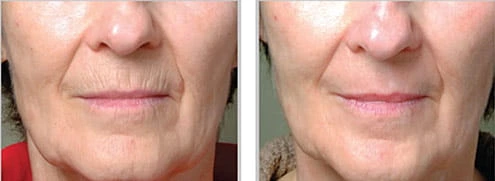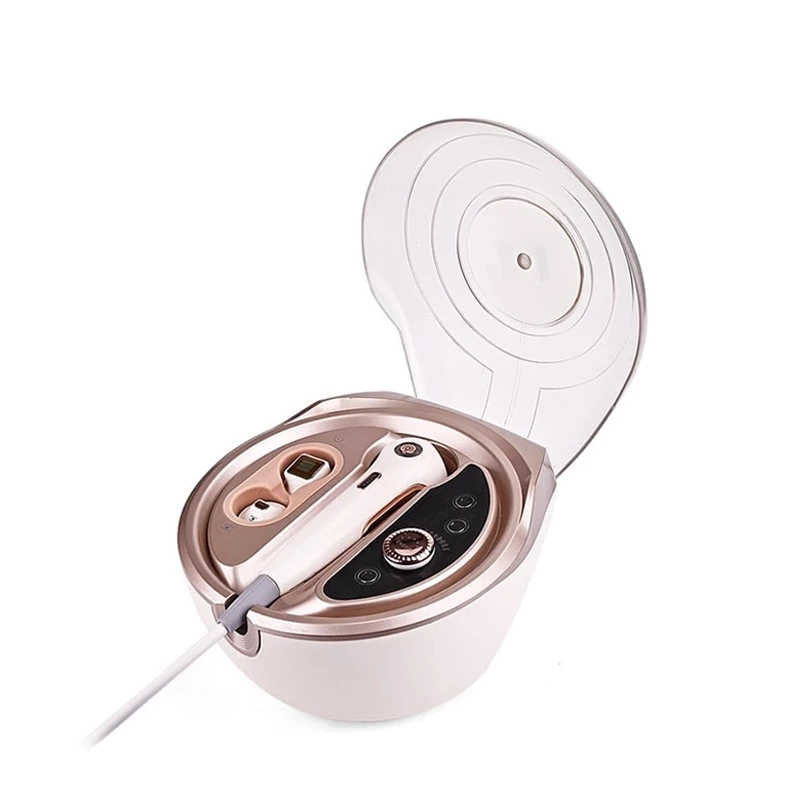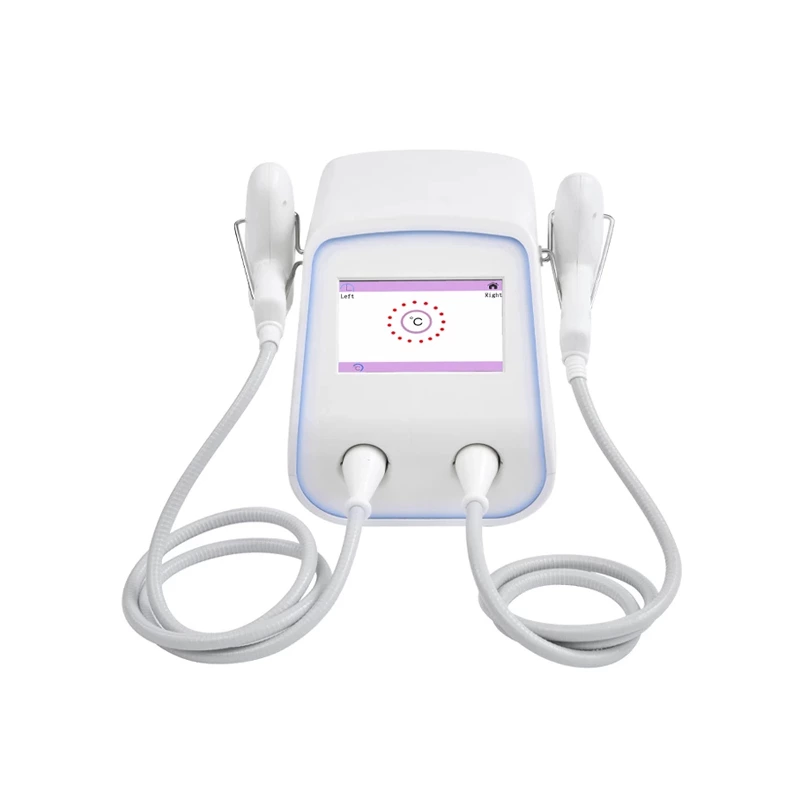How to Use RF Machine on Face at Home
How to Use an RF Machine on Your Face at Home?
RF (Radio Frequency) machines have gained popularity in recent years as a non-invasive method for skin tightening and rejuvenation. These devices emit radiofrequency waves that stimulate collagen production, resulting in firmer, smoother, and more youthful-looking skin. While professional treatments are available, many people are now opting to use RF machines in the comfort of their own homes. In this blog post, we will provide a step-by-step guide on how to use an RF machine on your face at home effectively and safely.
Step 1: Choose the Right RF Machine:
Before using an RF machine at home, it is crucial to select a reliable and FDA-approved device that suits your needs. Conduct thorough research, read product reviews, and consult with skincare professionals if necessary to ensure you choose a high-quality machine from a reputable brand.
Step 2: Cleanse Your Face:
Start by cleansing your face thoroughly using a gentle cleanser. Remove all makeup, dirt, and impurities to ensure optimal absorption of the RF waves into your skin.
Step 3: Apply a Conductive Gel:
Apply a thin layer of conductive gel or ultrasound gel to the treatment area. This gel acts as a conductor for the RF waves and helps them penetrate deep into the skin. Make sure to use a gel specifically designed for RF treatments.
Step 4: Start with Low Intensity:
Turn on the RF machine and set it to the lowest intensity level. Gradually increase the intensity as your skin becomes accustomed to the treatment. Follow the manufacturer's instructions regarding the recommended intensity level and treatment duration.
Step 5: Begin the Treatment:
Hold the RF machine's handle and glide it gently over your face in upward motions. Pay extra attention to areas with loose skin or signs of aging, such as the jawline, cheeks, and forehead. Remember to avoid sensitive areas, such as the eyes and lips.
Step 6: Maintain Constant Movement:
Ensure that you keep the RF machine moving continuously during the treatment. Lingering on one spot for too long may cause discomfort or uneven results. Maintain a steady pace and cover the entire treatment area evenly.
Step 7: Check for Redness or Discomfort:
Throughout the treatment, periodically check your skin for any signs of redness, discomfort, or excessive heat. If you experience any adverse effects, stop the treatment immediately and consult a dermatologist.
Step 8: Follow Up with Skincare Routine:
After completing the RF treatment, gently cleanse your face to remove any residual gel. Apply a soothing moisturizer or a hydrating sheet mask to provide extra nourishment and moisture to your skin. It is also essential to apply a broad-spectrum sunscreen daily to protect your skin from harmful UV rays.
Radiofrequency at home before and after
Can i do rf everyday at home
While RF (Radio Frequency) treatments can be beneficial for improving skin elasticity and reducing wrinkles, it is generally not recommended to undergo daily RF treatments at home. Overuse of RF machines can potentially lead to adverse effects such as skin inflammation, sensitivity, and damage. The skin needs time to regenerate and heal between treatments, so it's important to follow the manufacturer's guidelines for frequency and duration, as well as to listen to your skin's needs and adjust the treatment frequency accordingly. Consulting with a skincare professional can also provide personalized recommendations for safe and effective at-home RF treatments. Ultimately, achieving optimal skincare results involves a balanced approach that prioritizes both efficacy and skin health.
Considerations for Daily RF Treatments:
Follow Manufacturer's Guidelines:
Always refer to the manufacturer's instructions for the recommended frequency and duration of RF treatments. Different machines may have varied guidelines, so it's crucial to follow them for maximum safety and effectiveness.
Start with Intervals:
Begin with less frequent treatments, such as once or twice a week, to allow your skin to adapt to the RF energy. Gradually increasing the frequency can help you gauge how your skin responds to the treatments without overwhelming it.
Monitor Skin Reactions:
Pay close attention to how your skin reacts after each treatment. If you experience any redness, irritation, or discomfort that persists beyond a reasonable timeframe, it may be a sign that your skin needs more time to heal. In such cases, consider extending the intervals between treatments.
Listen to Your Skin:
Every individual's skin is unique, and what works for one person may not work for another. It's essential to listen to your skin's needs and adjust the frequency of treatments accordingly. Overdoing RF treatments can potentially lead to adverse effects like skin inflammation or sensitivity.
Consult with a Skincare Professional:
If you're unsure about the optimal treatment frequency or have specific skin concerns, it's advisable to consult with a skincare professional. They can assess your skin condition and provide personalized recommendations for at-home RF treatments, considering factors such as skin type, age, and overall health.



